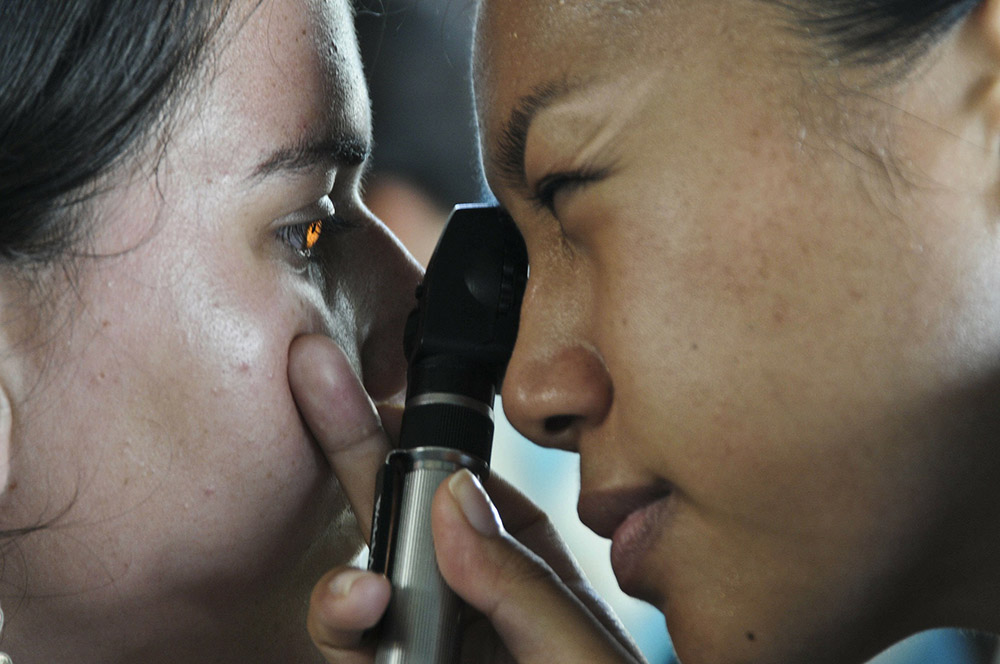Recent Blog Posts
- Glaucoma Awareness Month February 2, 2024
- Safe Toys for 2023 December 22, 2023
- Your Child’s Sight and Safe Toys December 12, 2023
- Safe Toys and Gifts Awareness Month November 28, 2023
- Routine Eye Exams Are Crucial November 21, 2023
- How Diabetes Affects Your Eye Health November 13, 2023
- 2024 Eyewear Trends November 7, 2023
- Managing Diabetes November 2, 2023
- What is basic Eyecare? October 24, 2023
- How do you keep your eyes healthy? October 24, 2023


